Generative AI: Transforming Creativity and Automation in 2024
Generative AI is a transformative technology reshaping the boundaries of creativity and automation. In 2024, this branch of artificial intelligence is rapidly gaining prominence across multiple industries, from content creation and visual arts to software development and marketing. Leveraging machine learning, neural networks, and deep learning algorithms, generative AI can autonomously create new content, designs, and solutions, fundamentally altering how businesses and creatives approach their work. But how exactly does it work, and what are the implications for the future? This comprehensive guide explores the evolution, applications, and future of generative AI.
What is Generative AI?
Defining Generative AI
Generative AI refers to a class of artificial intelligence models that generate new data from existing datasets, typically using techniques such as deep learning, neural networks, and reinforcement learning. Unlike traditional AI, which often classifies or predicts outcomes, generative AI creates original content, whether it be text, images, music, or code. One of the most common examples of generative AI is OpenAI’s GPT-4, a language model capable of generating human-like text, and DALL·E, which produces highly realistic images based on text prompts. These models are not programmed with specific instructions for output but instead learn from vast datasets, allowing them to create novel outputs that mimic human creativity.
Evolution of Generative AI in Recent Years
The evolution of generative AI has accelerated over the past decade, driven by advancements in machine learning algorithms and the exponential growth of available data. Early AI systems were rigid and rule-based, limited by their inability to produce creative or nuanced outputs. However, with the introduction of neural networks, specifically Generative Adversarial Networks (GANs), generative AI took a quantum leap forward. GANs consist of two competing networks, one generating outputs and the other evaluating them, which pushes the system to improve continuously. This innovation set the stage for the development of highly sophisticated AI models that can produce art, design, code, and even fully-fledged virtual environments.
How Generative AI is Transforming Creativity
AI in Content Creation
Generative AI has revolutionized content creation by automating tasks once exclusively handled by humans. Writers, marketers, and designers now use AI tools to generate blog posts, headlines, product descriptions, and even video scripts. For instance, platforms like Jasper and Copy.ai can generate coherent, high-quality text based on user input, allowing businesses to scale content production with minimal human intervention. What once required hours of brainstorming and drafting can now be produced in minutes, freeing up human creators to focus on strategic, high-level tasks. Additionally, AI tools can personalize content at scale, delivering tailored messages to different audience segments, improving engagement rates, and fostering stronger customer relationships.
Generative AI in Design and Visual Arts
Generative AI’s impact on design and visual arts is no less profound. Tools like DALL·E and MidJourney enable artists to create stunning visuals by simply providing textual descriptions. These AI models can generate entirely new images that reflect specific styles, themes, or aesthetics, offering a new level of creativity previously unattainable. Moreover, AI-powered design tools are not limited to static images. They can generate 3D models, architecture designs, and even interactive environments for gaming and virtual reality. This level of automation significantly reduces the time needed to create detailed and high-quality visual content, allowing designers to experiment with more ideas in less time.
Music and Generative AI
In the realm of music, generative AI is becoming an invaluable tool for musicians and producers. AI models like OpenAI’s Jukedeck or Google’s Magenta can compose original music, matching specific genres, tempos, and moods. These systems analyze vast libraries of existing music to identify patterns and structures, which they use to create new compositions. This can be particularly useful in industries like advertising and film, where producers need a continuous supply of background music or custom scores. While AI-generated music is still a long way from replacing human creativity, it is already being used to augment the creative process, offering new avenues for experimentation and collaboration.
The Role of Generative AI in Automation
AI-Powered Process Automation
Beyond creative fields, generative AI plays a critical role in automating business processes. AI can design and improve workflows, optimize operations, and even write code. In industries like manufacturing, AI-driven automation can design processes that optimize production efficiency and reduce waste. For example, generative design systems in product development allow companies to create multiple iterations of a product design, simulate its performance, and refine it before manufacturing begins. AI in automation doesn’t just save time—it reduces costs, minimizes errors, and enables businesses to innovate more rapidly.
Use Cases in Manufacturing and Industry
Generative AI is particularly influential in industries like automotive manufacturing, aerospace, and construction, where complex designs and efficiency are critical. By integrating AI with computer-aided design (CAD) software, manufacturers can produce optimized components with enhanced functionality and reduced material use. This not only speeds up the design phase but also reduces costs associated with material waste and post-production adjustments. In construction, AI-generated designs help architects and engineers create more efficient building layouts that consider factors like material strength, environmental impact, and energy consumption.
AI in Software Development
Generative AI is also changing the landscape of software development. Tools like GitHub Copilot use AI to assist developers by suggesting lines of code, debugging, and even creating entire code blocks based on natural language descriptions. This significantly speeds up the development process, allowing engineers to focus more on the architecture and functionality of the software rather than getting bogged down in repetitive coding tasks. The implications for this are immense—AI can help developers write cleaner code, reduce errors, and accelerate the development of complex systems.
Real-World Applications of Generative AI in 2024
Business Use Cases
Generative AI has found a wide range of business applications, from automating customer service with AI chatbots to generating marketing content at scale. In customer support, AI-driven chatbots can handle common queries, freeing up human agents to deal with more complex issues. These AI models continuously learn from interactions, improving their responses over time. Additionally, generative AI is being used to produce customized marketing materials, analyze consumer behavior, and predict market trends, helping businesses stay competitive in an increasingly digital economy.
Generative AI for Marketing and Personalization
AI has transformed the way marketers approach personalization. Generative AI allows companies to create hyper-personalized marketing campaigns tailored to individual user preferences. By analyzing consumer data, AI models can generate content that resonates with specific audience segments, improving the relevance and impact of marketing efforts. For example, AI can automatically generate personalized emails, ads, and product recommendations, optimizing campaigns for better engagement and conversion rates. This level of personalization would be impossible to achieve manually but becomes scalable with AI-powered tools.
AI in Entertainment and Media
The entertainment and media industry has been quick to adopt generative AI technologies, using them to produce everything from movie scripts to special effects. AI can assist in writing plotlines, generating realistic dialogue, and even animating characters in films and video games. Furthermore, AI is being used to develop virtual influencers—computer-generated personas that interact with real users on social media platforms. These AI-generated personalities offer unique opportunities for brands to engage with younger, tech-savvy audiences in innovative ways.
The Future of Generative AI: Trends to Watch in 2024
Ethical Considerations and AI Bias
As generative AI becomes more widespread, ethical concerns and the issue of AI bias continue to be pressing. AI models are only as good as the data they are trained on, and biased datasets can lead to biased outputs. This is particularly problematic in areas like hiring, law enforcement, and healthcare, where AI decisions can have significant real-world impacts. Addressing these challenges requires a concerted effort to ensure diversity in training data, transparency in AI decision-making, and strict regulatory oversight to prevent unintended consequences.
The Potential for AI-Human Collaboration
Looking ahead, the most exciting potential of generative AI lies in its ability to collaborate with humans. Rather than replacing creative professionals, generative AI acts as an assistant, helping to expand creative possibilities. In fields like architecture, fashion design, and software development, AI can generate thousands of potential solutions that humans can refine and select from. This collaborative dynamic allows professionals to focus on more strategic, visionary tasks, while AI handles the repetitive and technical aspects of the job.
Emerging Technologies Shaping Generative AI
Emerging technologies like quantum computing and neuromorphic chips are poised to further revolutionize generative AI by dramatically increasing processing power and the ability to simulate human brain functions. These advancements could lead to even more sophisticated AI systems capable of generating hyper-realistic virtual environments, more intuitive AI assistants, and innovative solutions to complex global challenges, such as climate change and disease eradication.
Generative AI is a rapidly evolving technology that is already making a profound impact across creative and industrial sectors. As we move further into 2024, the possibilities for AI to transform industries, automate processes, and augment human creativity are limitless. While challenges such as ethical considerations and AI bias remain, the potential for AI-human collaboration offers a promising future where technology amplifies rather than replaces human ingenuity.
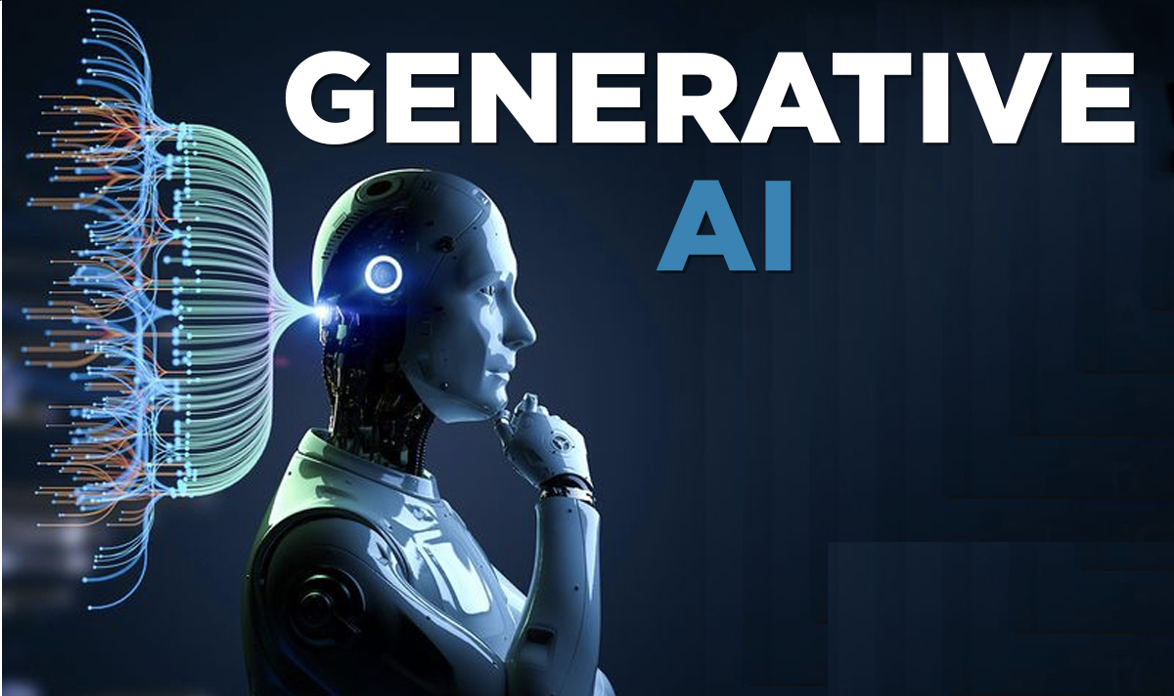
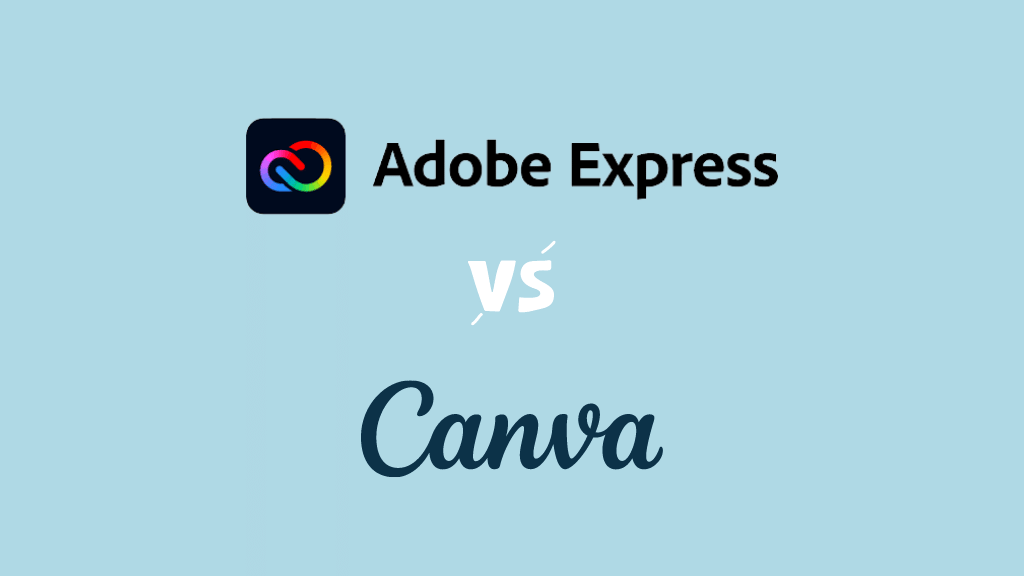

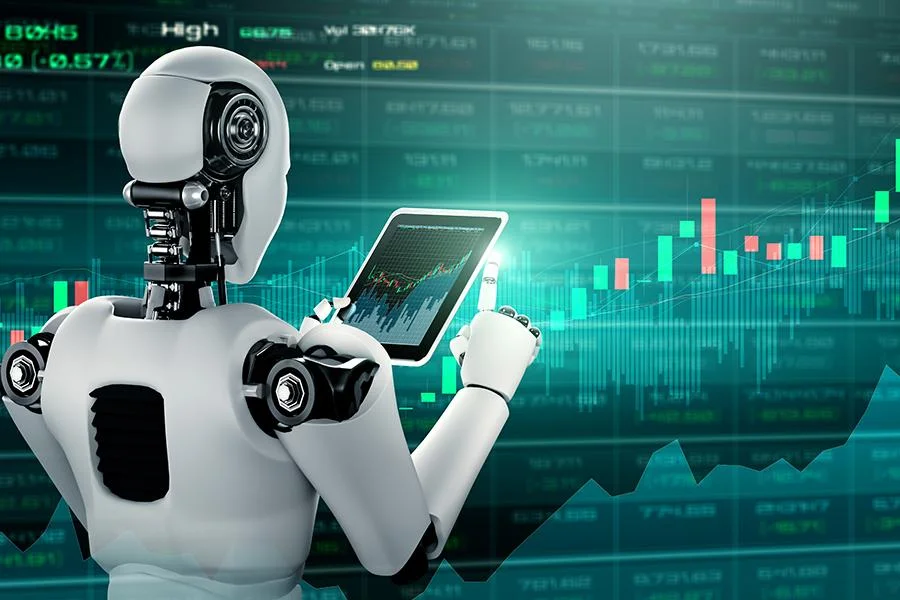


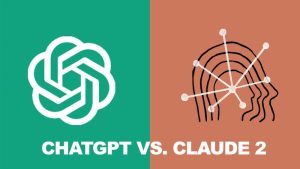


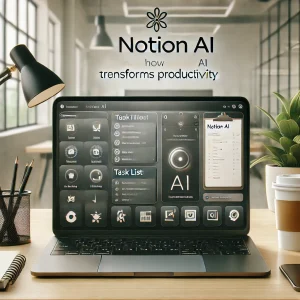
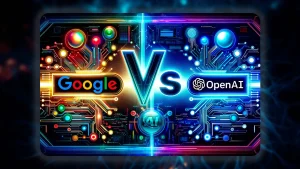
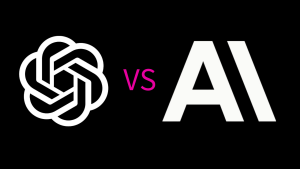
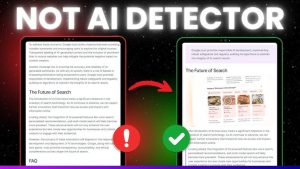

Post Comment